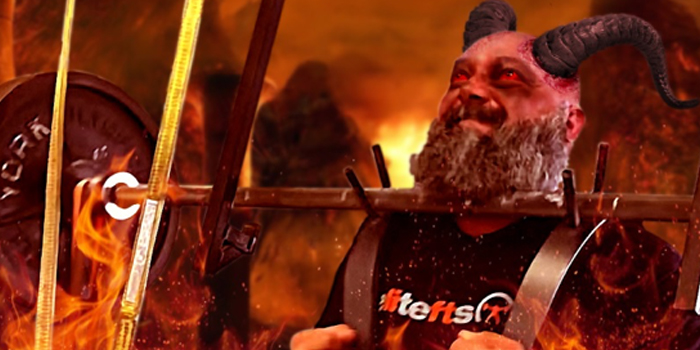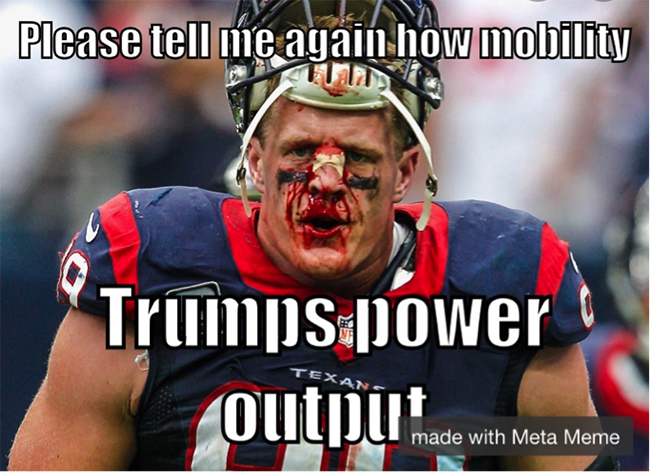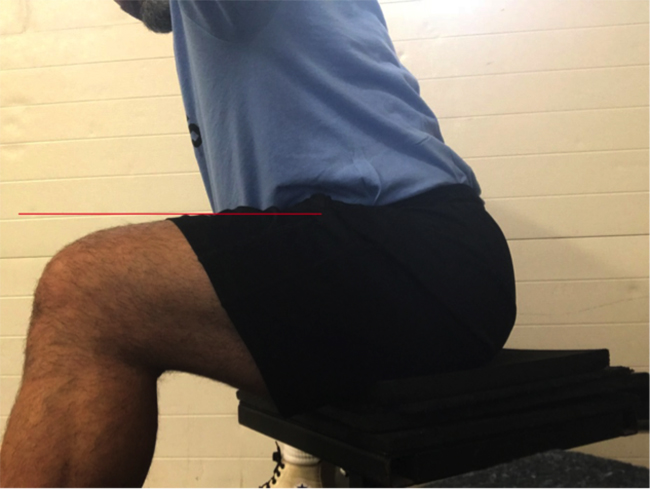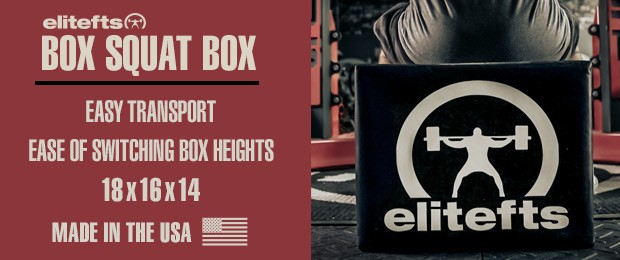
...and the rest of the side dishes we’re SOOOO concerned with as of late. What is it the kids are saying about “EATIN’” nowadays? Something about “WE HUNGRY,” if I’m not mistaken. Well, if I’m going to feed athletes, I’m going to make sure they are pounding steak, not rabbit food and cupcakes!
Obviously, I’m a fan of a full meal! So, yes, the sides are important, but the main dish needs the most attention. In the industry, we’re putting too much emphasis on the side dishes. What happens next, I believe is where we’re really fucking the meal up. We’re combining the main course and the dessert. When’s the last time you smeared your cupcake frosting over your fat juicy steak and mushrooms?! Probably no one has done this because it completely messes up the steak!
RECENT: Why You Should Never Box Squat Your Athletes
The same effect can happen when we take an overall less impactful training modality and combine it with some of the long-standing big difference makers. Sure, we might get some of the good taste of the dessert, but the steak ends up tasting much worse than if we just left it alone.
Let’s get away from the food, or I’m going to have to put my computer down for a Chipotle run.
Go back 20 years, and stability and core training were breaking on to the scene pretty hard. These are both great concepts and things that should be addressed in training. The problems started to come in when we were seeing trainers have clients stand on top of a Swiss Ball to squat or only bench off of one. Yes, they were addressing the person’s stability and maybe core, but at what cost?
The power output and stimulation of the desired muscle groups fell dramatically because of the unstable surface. Not a good trade-off when you can keep these two things separate and reap all of the full benefits of power output and stability.
Another one that makes my skin crawl is “draw your belly button in.” I heard a sports coach instruct this to an athlete once while the kid was squatting, and I almost lost my shit. On its own, this is not a bad cue or training modality, but when you add this to your squats, I believe you’re asking for trouble.
The origin of “drawing in” was from a group of physical therapists who were attempting to stimulate the transverse abdominis. Yes, this is a muscle group that helps stabilize the core… but it’s only one group. We want many groups stimulated and braced while squatting.
Another problem with this is when you draw your belly button in your posterior intervertebral disk space tends to increase. I asked my chiropractor how many of the disc herniations he deals with are on the posterior part of the disc. His reply was most of them. He said anterior bulges are very rare. So, with this in mind, it makes NO sense to open posterior vertebral space while the spine is under load. You’re only increasing the likelihood of a pressure leak out the back.

One of the more recent steak smearing fads is building ankle mobility into the squat. We’ve taken one of the all-time top main dishes and put pink sparkly frosting all over that MF. Dave and I talked about this on the Table Talk Podcast #26.
Ask 100 strength coaches why they squat, and at least 80 will say “glutes and hamstrings” as one of their top-3 answers for justification of squatting their athletes. If this is the case, then why is it suddenly completely acceptable to squat with knees out over the ankle in the name of ankle mobility?!
I understand things aren’t always perfect in the weight room, and we’re going to encounter some forward knee drift, but to promote this and accept it is not going to maximize glute and hamstring recruitment like we all want to talk about. As soon as the knee goes forward, we are taking pressure off the glutes and hamstrings.
I’m not going to start ranting about box squatting, but this is one of the easiest ways to avoid this pitfall and teach inexperienced lifters (sporting athletes) how to load the hips when eating their steak!
Teaching and Coaching the Box Squat
“My athletes play in that position, so we need to be strong in that position.”
I completely understand this rationale. I’ve used it myself for certain justifications. Loading up the knees on your heaviest most taxing movement of the day is not the way to achieve this. Use your accessory lanes to address the ankle mobility issues. Keep your dessert off the main course! Single-leg and lower tonnage movements are great options to address this and loading of the anterior muscles surrounding the knee.
In my experience, programs that let the knees drift forward on squats had higher injury rates than ones that did not. NO ONE does leg extensions because of the massive sheering forces on the knee, right? Once the knee drifts forward, horizontal sheering force is present.

There are a lot of weird trends in the last couple of years with the squat. Didn’t we figure out 15 or so years ago that raising your heel is actually bad for the knees? Just a heads up, the heel raising is actually taking away from the ankle mobility, not helping it. If you are raising the heels, you’re compounding the ankle issue. The things we’re doing to get depth or address the ankle issue are actually taking away from our main squat objective (glute and hammy power production).
If you are using the squat for reasons other than this, you probably shouldn’t be because there are much safer and more efficient ways to address those issues.
So keep your unicorn sparkly frosting off the damn steak! Sorry, I couldn’t leave the food alone — time for some Wendy’s!











Knees out "3rd world" squat is a natural human position displayed naturally by babies and commonly used in cultures eating/pooping on the floor (before we got fat and lazy and invented chairs) -- sitting at 90 degrees at both the hips and knees is a made up construct that I have personally found (being anecdotal here) creates MORE pain at the joint due to spending more time in the position where the knee is experiencing the most shear force.
I don't think most athletes need to be doing "fully loaded" ATG squats but they do need to explore and have their joints maintain integrity to perform work in their full range of motion. When you cut range of motion the body slowly begins to deform itself based on the stimuli you are providing it.
"In my experience, programs that let the knees drift forward on squats had higher injury rates than ones that did not"
Do you have any data to back this up?
In order to load the hips, it's best to try and keep the knees back. I mentioned things aren't always perfect in the weight room. If you manipulate the athlete correctly, you can take care of most of the forward knee drift most of the time.
“In my experience, programs that let the knees drift forward on squats had higher injury rates than ones that did not”
Just anecdotal evidence on this one, that's why I mentioned in my experience. Anytime I had teams come over from a program that free squatted where there was forward knee drift involved and got them box squatting correctly, most of the knee issues went away, in my experience.